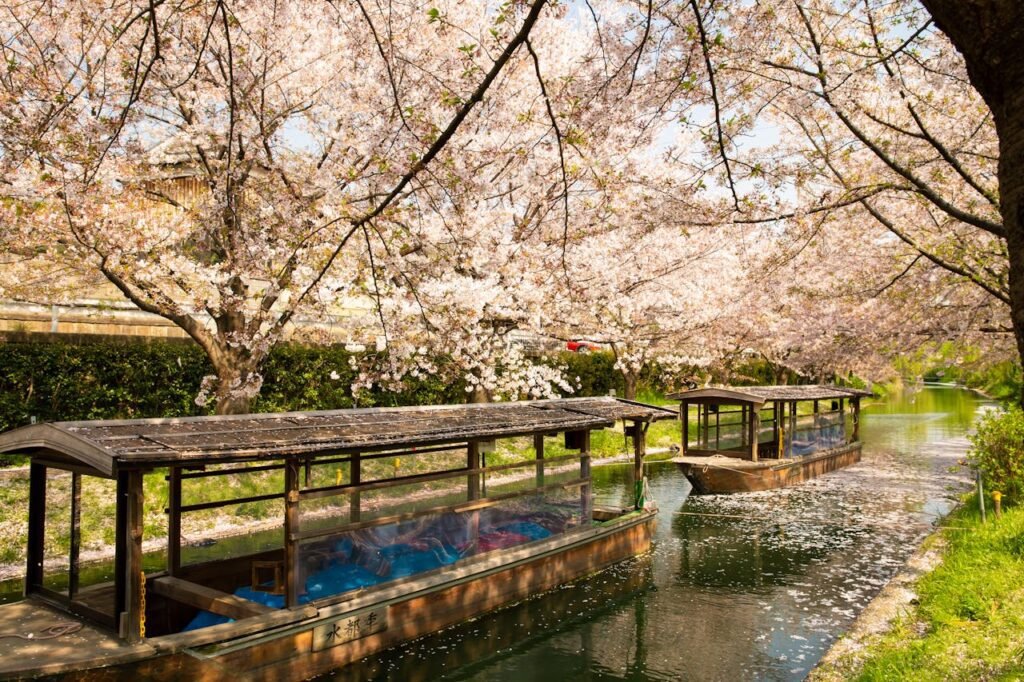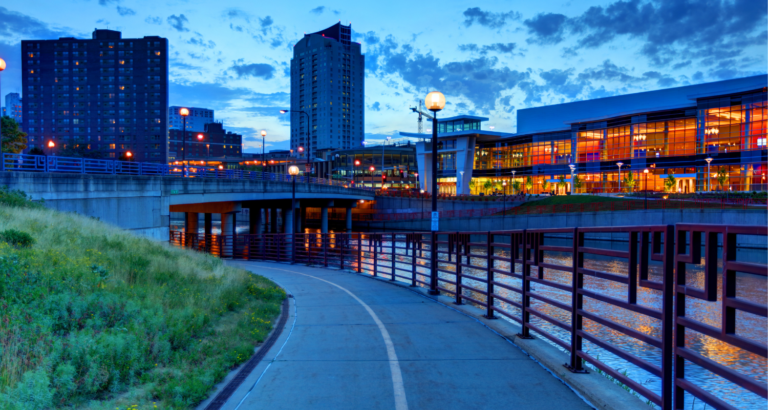Rochester, NY, is a city with a rich and interesting history. From its early days as a mill town to its role as a hub of industry and culture, Rochester has seen many changes. Let’s take a look at the key moments that shaped this remarkable city.


Early Beginnings
Rochester’s story begins with the Seneca people. They were one of the tribes in the Iroquois Confederacy. They lived in the area for many years, making use of the land’s resources. In 1788, European settlers started arriving. The first permanent settlement was set up by Ebenezer “Indian” Allan in 1789. Allan built a sawmill and a gristmill along the Genesee River. This area would later become Rochester.
The Flour City
Rochester began to grow quickly in the early nineteenth century. The Genesee River was a perfect spot for mills and factories. In 1823, the Erie Canal was completed. This canal connected the Great Lakes to the Atlantic Ocean. It made Rochester a key hub for transportation.
During this time, Rochester earned the nickname “The Flour City.” Its flour mills were booming. Grain from the Midwest was sent to Rochester. There, it was ground into flour and shipped to East Coast markets. The city’s mills were some of the largest in the world, and Rochester became one of America’s first boomtowns.
The Flower City
As the flour industry began to decline in the late 19th century, Rochester found a new identity. The city became known as “The Flower City” due to its successful nursery and seed business. George Ellwanger and Patrick Barry were two important figures in this industry. They started one of the biggest nurseries in the country. It provided trees, plants, and seeds to gardeners and farmers all over the United States.
Rochester’s love for flowers is still strong today. The city hosts the annual Lilac Festival. It celebrates the city’s beautiful Highland Park and the stunning lilac blooms. They draw visitors from near and far.


A Hub of Innovation
Rochester continued to grow in the 20th century. It became a center of industry and innovation. Several big companies were founded in the city. They helped its economy grow and its technology progress.
One of the most famous companies was Eastman Kodak, started by George Eastman in 1888. Kodak changed photography with its easy-to-use cameras and affordable film. The company’s success made Rochester a global leader in imaging technology.
Another key company was Xerox, originally called The Haloid Photographic Company. Xerox introduced the first plain paper copier in 1959. It was the first of its kind and changed work and communication. These companies helped make Rochester a hub of innovation and manufacturing. Other such companies include Bausch & Lomb and Gleason Works.
Educational and Cultural Growth
Rochester is also known for its contributions to education and culture. The University of Rochester was founded in 1850. It is a top school. It has produced many famous graduates and made many research advances. The Eastman School of Music, part of the university, is famous for its world-class music programs.
The city has many cultural attractions. They include the George Eastman Museum, the Strong National Museum of Play, and the Rochester Museum & Science Center. These places celebrate Rochester’s rich history and offer fun and educational experiences for visitors of all ages.
Rochester Today
Today, Rochester is a vibrant city with a diverse population and a strong sense of community. It has faced challenges, like the decline of manufacturing jobs, but has also shown resilience and adaptability. The city continues to innovate, with a growing focus on technology, healthcare, and education.
Rochester’s neighborhoods are known for their historic charm and unique character. From the trendy shops and restaurants in the Park Avenue area to the scenic beauty of the Genesee Riverway Trail, there is something for everyone to enjoy.
For essential home maintenance tips and services in Rochester, visit Gutter Cleaner Rochester NY.
Conclusion
The history of Rochester, NY, is a story of change and resilience. From its early days as a mill town to its role as a leader in industry and culture, Rochester has continually reinvented itself. The city’s rich history is reflected in its vibrant culture, beautiful parks, and thriving community. Whether you’re a resident or a visitor, there’s always something new to discover in Rochester.
Rochester was founded in 1789 when Ebenezer “Indian” Allan built the first permanent settlement along the Genesee River.
In the early 19th century, Rochester became a major milling center, producing large quantities of flour from Midwest grain, earning the nickname “The Flour City.”
After the decline of the flour industry, Rochester became known for its nursery and seed businesses, leading to the nickname “The Flower City.”
Eastman Kodak and Xerox are two major companies that originated in Rochester, contributing significantly to its industrial growth.
Key cultural attractions in Rochester include the George Eastman Museum, the Strong National Museum of Play, and the Rochester Museum & Science Center.


